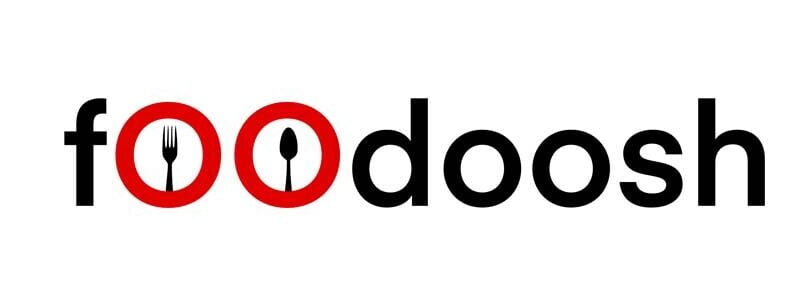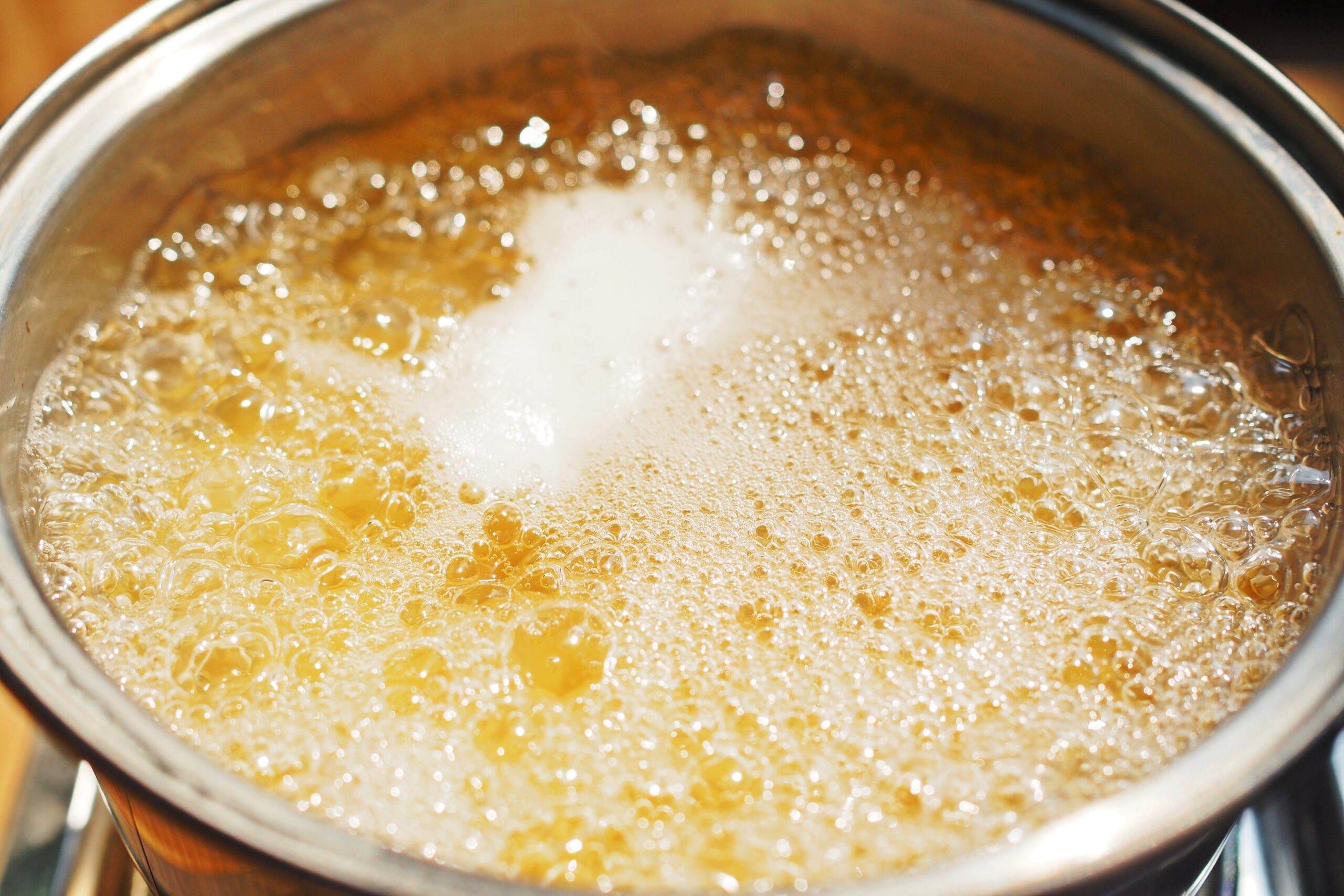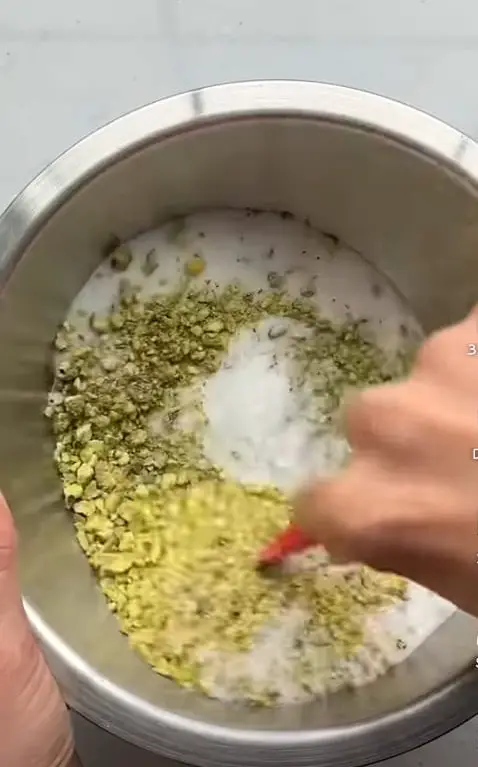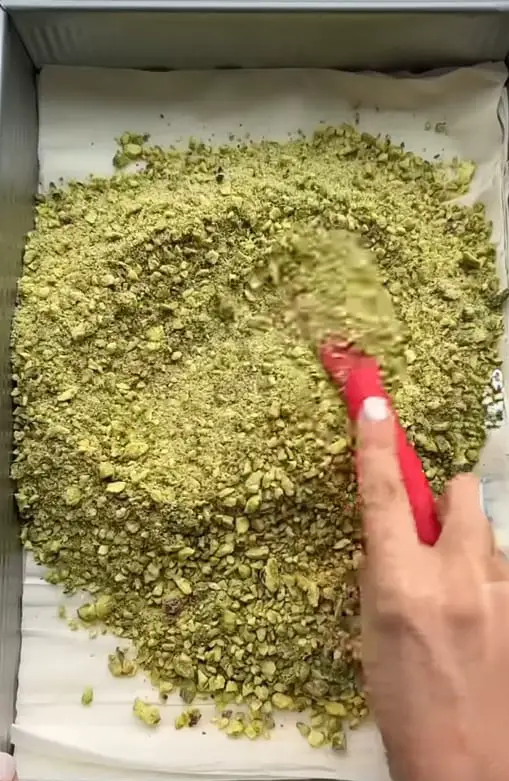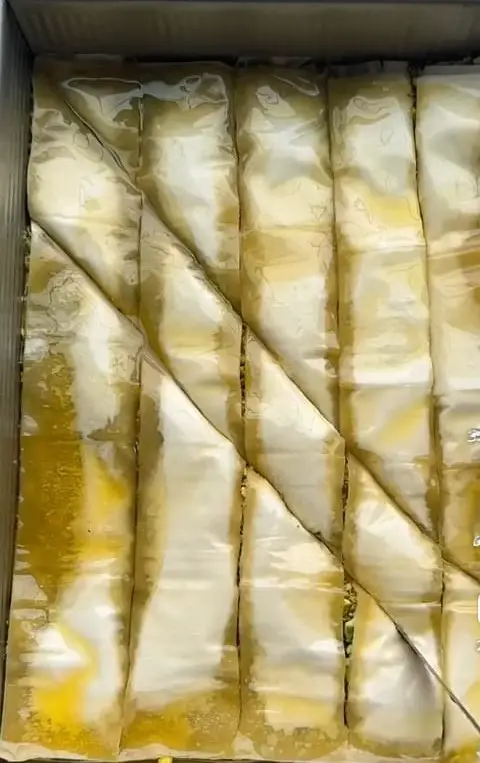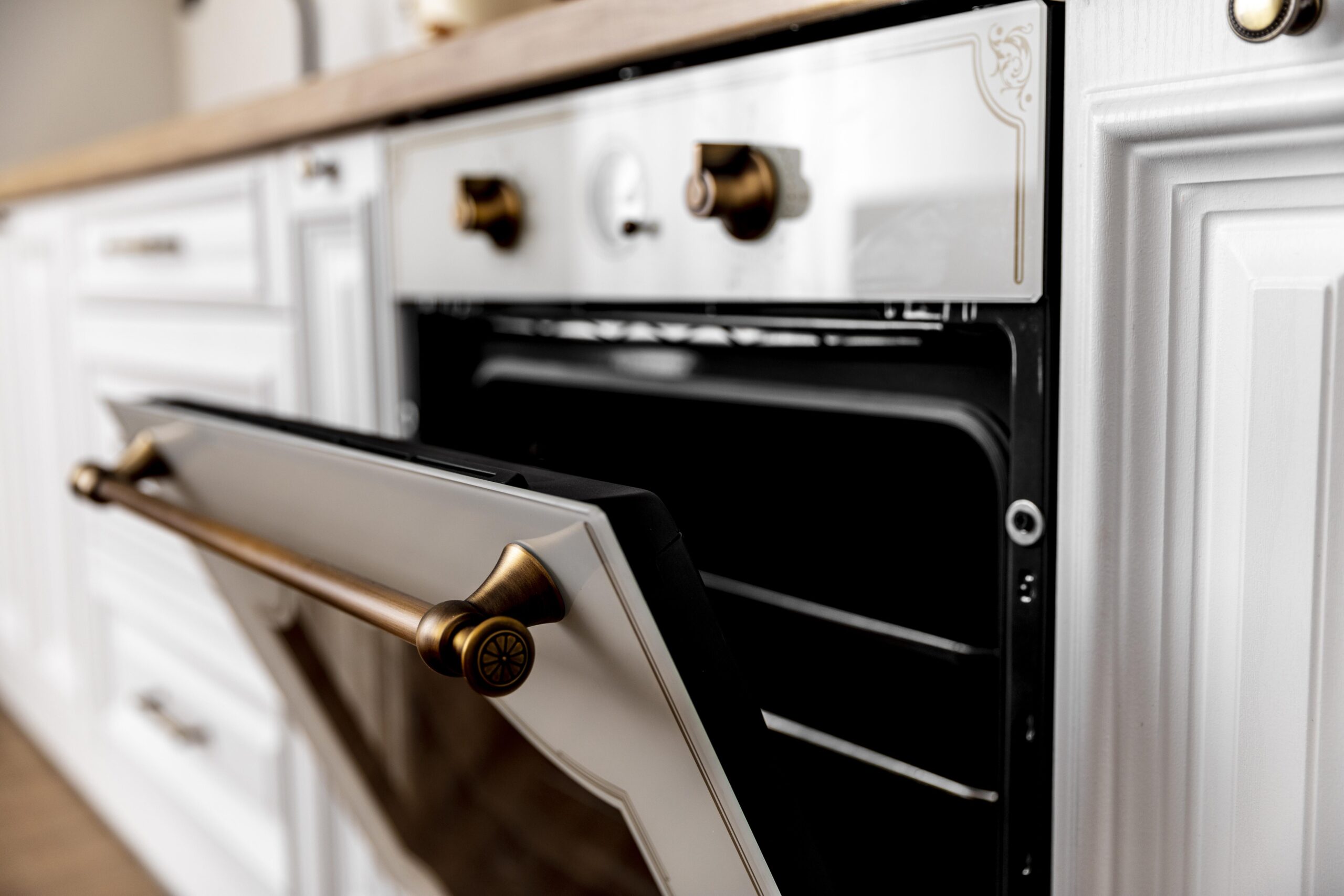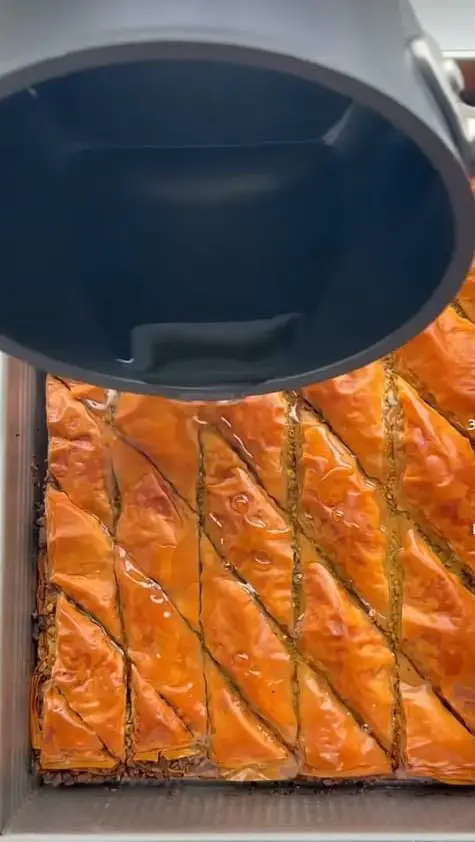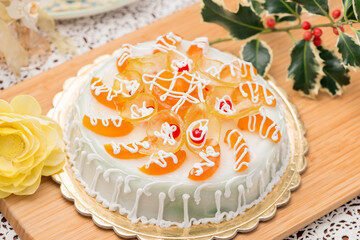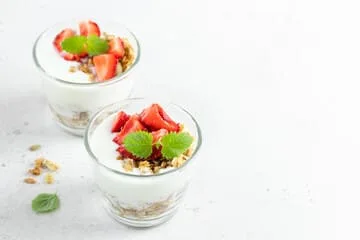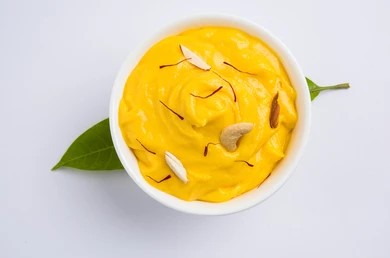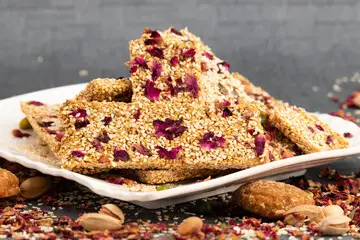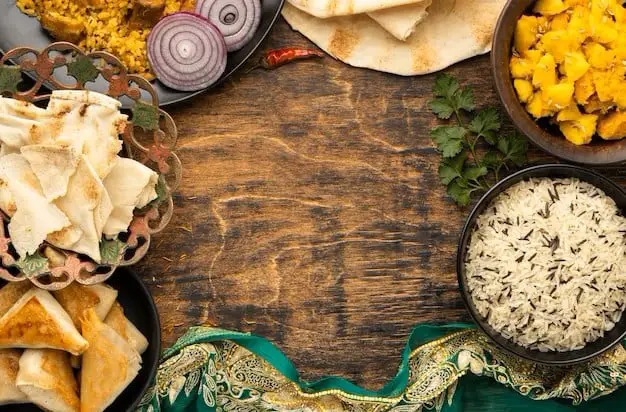Hey there, foodies, let me spend the day with you. My purpose today is to make you feel hungry and excited at the same time as we delve into Turkish cuisine which is, in particular, the alluring universe of pistachio baklava. I can guess what’s going on in your mind right now: “Another baklava recipe?” But believe me this time it is different –it is not just any baklava. This is the type that will make you close your eyes and take a deep breath before smiling when eating its first crunchily nutty honey-sweet bite.
Table of Contents
A Little Sweet Talk: Why Turkish Baklava?
Before I go into the details, let me tell you something in confidence. While visiting a small bakery in a backstreets of Istanbul, I was completely captivated by Turkish baklava. The owner who is an old man but with hands that show he has been folding phyllo dough for decades took me through the process so that I learnt making baklava is not just about knowing what to do but rather how good you can feel about doing it.
The Magic of Pistachios
Turkish baklava is always filled with pistachios and for a very good reason. These bright green nuts offer a uniquely buttery, somewhat sweet flavor that simply cannot be replaced. Interesting fact: the best pistachios in the world are said to come from Gaziantep, Turkey. If you can find these, you are really in for a treat!
What You’ll Need
For the Filling:
- 4 cups raw pistachios, finely ground
- 2 tablespoons sugar
- A pinch of ground cardamom (my secret twist!)
For the Layers:
- 1 pound phyllo dough (about 24-28 sheets)
- 3 sticks (1.5 cups) unsalted butter, melted
- Extra butter for greasing the pan
For the Syrup:
- 3 cups sugar
- 1.5 cups water
- 2 tablespoons lemon juice
- 1 tablespoon rose water (optional, but highly recommended)
The Process
Step 1: Syrup First (Trust Me on This)
Here’s something many recipes won’t tell you – make your syrup first! Why? Because hot baklava needs cold syrup, or cold baklava needs hot syrup. It’s all about that temperature difference for the perfect texture.
- Combine sugar and water in a pot
- Bring to a boil, stirring until sugar dissolves
- Lower heat and simmer for 15 minutes
- Add lemon juice and rose water
- Let it cool completely while we work on the rest
Step 2: Prep Like a Pro
- Thaw your phyllo dough properly (overnight in the fridge)
- Process your pistachios until finely ground but not pasty
- Mix ground pistachios with sugar and cardamom
- Melt your butter (keep it warm but not hot)
- Grease a 9×13 inch baking pan
Step 3: The Layer Game
Now comes the fun part! And by fun, I mean the part where patience becomes your best friend. Here’s my tried-and-true method:
- Place your first sheet of phyllo in the pan, allowing the overhang along the edges.
- Brush it generously with melted butter
- Repeat with 5 more sheets, buttering each one
Pro tip: Keep unused phyllo wrapped in a slightly damp cloth to keep it from drying out.
The Middle Magic
After your base layers, spread 1/3 of your pistachio mixture evenly. Then:
- Add 4 buttered phyllo sheets
- Another third of pistachios
- 4 more buttered sheets
- Last third of pistachios
- Top with remaining phyllo sheets (about 6-8), buttering each one
Step 4: The Cut is Critical
Here’s where many go wrong – cutting baklava before baking is essential! And not just any cutting:
- Make diamond-shaped cuts using a sharp knife.
- Ascertain that you cut all the way through.
- Pour remaining butter over the top
- Let it seep into all those beautiful cuts
Step 5: Bake to Perfection
- Preheat oven to 325°F (165°C)
- Bake for about 45-50 minutes until golden brown
- Listen for the gentle sizzle of the butter – that’s your symphony!
The last step
Upon taking your baklava from the oven:
- After the baklava is heated, pour your cool syrup over it.
- Hear that gratifying sizzle.
- Give it at least six hours to sit, ideally overnight.
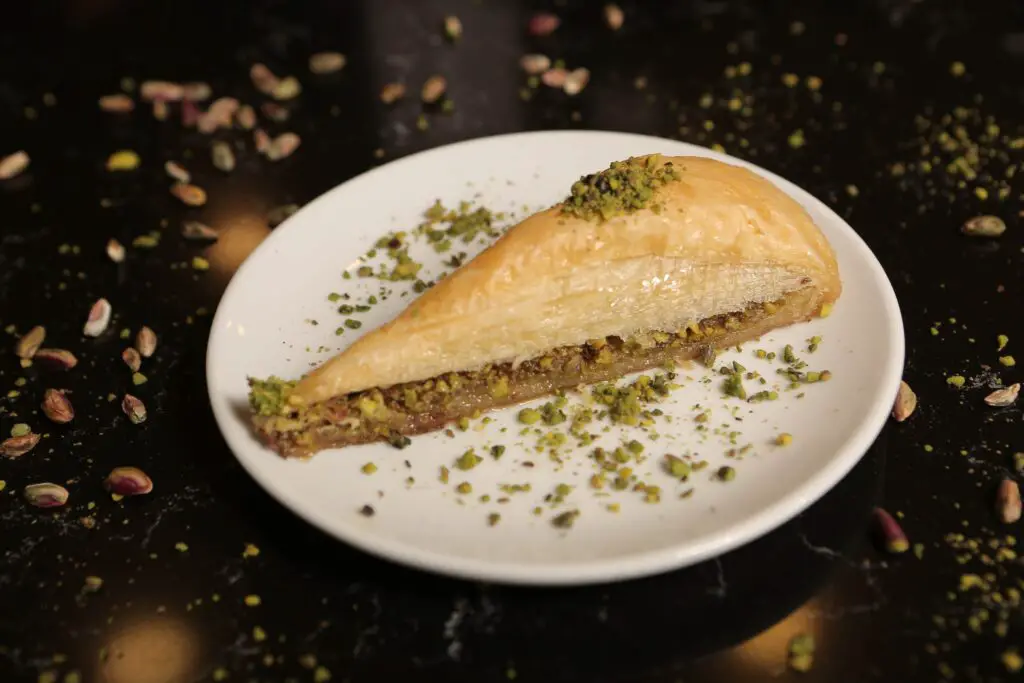
Tips from My Kitchen to Yours
Let me share some game-changing tips that will help you master this delicate dessert. These aren’t just any tips – they’re hard-won lessons from countless hours of baklava-making!
The Phyllo Fundamentals
Temperature is Everything
- Take phyllo out of the fridge at least 2 hours before starting
- Never use straight-from-the-freezer dough
- Work in a cool room (too much heat makes phyllo brittle)
The Damp Towel Trick
- Keep unused phyllo covered with a lightly dampened kitchen towel
- Place a dry towel first, then the damp one on top
- Check frequently – towel shouldn’t be too wet or too dry
Butter Brilliance
The Perfect Butter State
- Melt butter slowly over low heat
- Keep it warm but not hot (around 110°F/45°C)
- Use a pastry brush with natural bristles for best results
- Filter your melted butter to remove milk solids for extra crispiness
Nut Knowledge
Pistachio Perfection
- Use raw, unsalted pistachios
- Pulse in food processor – don’t over-process
- You want fine pieces, not powder
- Store ground pistachios in the fridge until ready to use
Assembly Advice
Layer Like a Pro
- Press out air bubbles gently as you layer
- Don’t rush – each layer needs attention
- Brush butter to the edges – dry edges mean tough baklava
Cutting Wisdom
The Perfect Cut
- Use your sharpest knife
- Dip knife in hot water and wipe between cuts
- Press straight down – don’t drag the knife
- Cut before baking, then refresh cuts while hot
Syrup Secrets
Syrup Success
- Never skip the resting time for syrup
- Cold syrup on hot baklava is non-negotiable
- Add syrup slowly, starting from edges
- Let it rest at least 6 hours before serving
Storage Smarts
Keeping It Fresh
- Store at room temperature
- Use loose foil or paper, never plastic
- Will stay crisp for 5-7 days
- Don’t refrigerate – it ruins the texture
Troubleshooting Tips
Common Fixes
- Soggy bottom? Brush less butter on bottom layers
- Too dry? You might need more syrup
- Phyllo tearing? Let it warm up more
- Not crispy? Might need higher oven temperature
Timing Tips
Planning Ahead
- Make syrup the day before
- Allow 3-4 hours for assembly
- Best made 24 hours before serving
- Plan for proper resting time
Tools of the Trade
Essential Equipment
- Large, clean work surface
- Good quality pastry brush
- Sharp knife
- 9×13 inch baking pan
- Food processor
- Measuring cups and spoons
Make-Ahead Options
Preparation Tricks
- Grind nuts ahead and store in fridge
- Make syrup up to 3 days ahead
- Assemble early morning for evening events
- Can freeze unbaked (up to 3 months)
Serving Suggestions
Presentation Points
- Cut into smaller pieces – it’s rich!
- Garnish with crushed pistachios
- Serve at room temperature
- Pair with Turkish coffee or tea
Safety First
Important Precautions
- Keep butter warm but not hot to avoid burns
- Use proper lifting techniques with heavy syrup pots
- Be careful with sharp knives
- Keep work area clean and organized
Remember, baklava-making is part science, part art. These tips are your foundation, but don’t be afraid to develop your own techniques as you become more comfortable with the process. The key is patience and practice – each batch will teach you something new!
Nutritional Values for Turkish Pistachio Baklava
(Per 100g serving)
| Nutrient | Amount | % Daily Value* |
|---|---|---|
| Calories | 450 kcal | 22.5% |
| Total Fat | 28g | 36% |
| – Saturated Fat | 12g | 60% |
| – Unsaturated Fat | 16g | – |
| Cholesterol | 45mg | 15% |
| Sodium | 180mg | 8% |
| Total Carbohydrates | 48g | 16% |
| – Dietary Fiber | 2.5g | 9% |
| – Sugars | 32g | 64% |
| Protein | 8g | 16% |
Vitamins and Minerals
| Nutrient | Amount | % Daily Value* |
|---|---|---|
| Calcium | 45mg | 4.5% |
| Iron | 1.8mg | 10% |
| Potassium | 280mg | 6% |
| Magnesium | 35mg | 8% |
| Vitamin E | 2.8mg | 19% |
| Vitamin B6 | 0.2mg | 12% |
| Copper | 0.4mg | 44% |
| Zinc | 1.2mg | 11% |
Breakdown by Main Ingredients
(Per 100g of final product)
| Ingredient | Contribution |
|---|---|
| Phyllo Dough | 35% |
| Pistachios | 25% |
| Butter | 20% |
| Sugar Syrup | 20% |
Additional Information
| Category | Details |
|---|---|
| Serving Size | 2.5″ x 2.5″ piece (75g) |
| Servings Per Recipe | Approximately 24 |
| Storage Life | 5-7 days at room temperature |
| Allergens | Wheat, Nuts, Dairy |
Important Notes:
- Values are approximate and may vary based on:
- Exact ingredients used
- Portion size
- Preparation method
- Amount of syrup absorbed
Special Dietary Considerations
| Dietary Category | Status |
|---|---|
| Vegetarian | Yes |
| Vegan | No |
| Gluten-Free | No |
| Dairy-Free | No |
| Halal | Yes (if using halal butter) |
| Kosher | Varies (check ingredients) |
Calorie Distribution
| Macronutrient | Calories | Percentage |
|---|---|---|
| Fat | 252 kcal | 56% |
| Carbohydrates | 192 kcal | 36% |
| Protein | 32 kcal | 8% |
*Daily Values are based on a 2,000 calorie diet. Your daily values may be higher or lower depending on your calorie needs.
Note: This nutritional information is an estimate and can vary based on specific ingredients and portions. For precise dietary needs, please consult a registered dietitian.
Per-Piece Breakdown
(For typical 2.5″ x 2.5″ piece)
| Nutrient | Amount |
|---|---|
| Calories | 338 kcal |
| Fat | 21g |
| Carbs | 36g |
| Protein | 6g |
Remember:
- Baklava is a dessert high in calories and sugar
- Best enjoyed in moderation
- Can be part of a balanced diet when consumed occasionally
- Serving sizes can be adjusted for dietary needs
Frequently Asked Questions About Turkish Pistachio Baklava
Let me address those burning questions that keep popping up in my inbox about this beloved dessert. I’ve compiled the most common queries with detailed answers to help you master your baklava game!
The Basics
“Why is my baklava soggy?”
This is probably the #1 question I get! Usually, it’s due to one of these reasons:
– Wrong temperature combination (hot syrup on hot baklava)
– Too much butter between layers
– Syrup wasn’t completely cool
– Improper storage (using plastic wrap)
**Solution**: Always pour cold syrup over hot baklava, and use butter sparingly on bottom layers.
“Can I use walnuts instead of pistachios?”
While traditional Turkish baklava uses pistachios, you can substitute with:
– Walnuts (more common in Greek style)
– Mixed nuts
– Almonds
Just remember: Different nuts need different amounts of sugar in the filling.
Technical Questions
“How thin should each butter layer be?”
Think of it like painting – you want a light, even coat that:
– Covers the entire surface
– Isn’t pooling anywhere
– Reaches all edges
– Is applied with gentle strokes
“My phyllo keeps breaking! Help!”
Common causes include:
– Dough too cold
– Room too hot/dry
– Handling too roughly
– Phyllo past its prime
**Fix**: Let phyllo come to room temperature completely (2+ hours) and keep covered with damp cloth.
Timing & Storage
“How far in advance can I make it?”
Optimal timing:
– 24-48 hours ahead is ideal
– Up to 5 days at room temperature
– Can freeze unbaked for 3 months
– Best flavor develops after 24 hours
“Can I freeze baklava?”
Yes, but with conditions:
– Freeze unbaked for best results
– If freezing baked, do it before adding syrup
– Thaw completely before serving
– Will keep for up to 3 months frozen
Ingredient Questions
“What type of butter is best?”
– Unsalted butter is mandatory
– European-style butter works great
– Clarified butter is excellent
– Never use margarine or butter substitutes
“Can I reduce the sugar?”
With caution:
– Reducing syrup sugar affects preservation
– Can reduce by 15-20% max
– Consider reducing sugar in nut mixture instead
– Remember, baklava is meant to be sweet!
Equipment Queries
“Do I really need a special pan?”
While traditional metal pans are best:
– Glass pans work but may need temperature adjustment
– Avoid non-stick pans
– Pan should be at least 2 inches deep
– Size affects baking time
Temperature Issues
“What’s the ideal baking temperature?”
Common temperature concerns:
– 325°F/165°C is standard
– Adjust based on your oven’s quirks
– Look for golden brown color
– Usually takes 45-50 minutes
Troubleshooting
“Why isn’t my baklava crispy?”
Common culprits:
– Insufficient butter between layers
– Oven temperature too low
– Not baked long enough
– Too much syrup
“Why did my bottom layers stick?”
Prevention tips:
– Butter the pan well
– Don’t over-butter bottom layers
– Score completely through before baking
– Let cool completely before cutting
Serving Questions
“How should I cut it?”
Traditional methods:
– Diamond shapes are classic
– Cut before baking
– Use sharp knife
– Clean cuts (no sawing motion)
“How long can it sit out?”
Storage guidelines:
– Room temperature is best
– 5-7 days when properly stored
– Don’t refrigerate
– Keep covered with foil or paper
Special Dietary Concerns
“Can I make this gluten-free?”
Unfortunately:
– Traditional baklava requires phyllo
– No reliable gluten-free substitute
– Can try gluten-free phyllo (results vary)
– Better to try different desserts
“Can I make it less sweet?”
Options include:
– Reduce syrup amount
– Add more lemon juice
– Use less sugar in nut mixture
– Consider using orange blossom water
Cultural Questions
“Why is Turkish baklava different?”
Key distinctions:
– Uses pistachios primarily
– Lighter, crispier texture
– Different syrup composition
– More delicate layers
“What makes it ‘authentic’?”
Essential elements:
– Proper phyllo technique
– Quality pistachios
– Correct syrup consistency
– Traditional cutting patterns
Remember, even experienced bakers sometimes struggle with baklava – it’s part of the learning process! Don’t get discouraged if your first attempt isn’t perfect. Each batch teaches you something new about this wonderful dessert.
Feel free to reach out with more questions. The baklava community is always happy to help!
Turkish baklava with pistachio
Hey there, sweet tooth friends! Let me share the magic of Turkish pistachio baklava - imagine crispy, gossamer-thin layers of buttery phyllo dough hugging a heavenly filling of finely ground pistachios. Making this treat is like creating edible art: you'll layer delicate sheets of phyllo with melted butter, sprinkle in aromatic pistachio mixture, and repeat until you've built a gorgeous stack of about 28 layers. After cutting your masterpiece into classic diamond shapes, you'll bake it until it's golden brown and crispy, then immediately drench it in a fragrant syrup infused with a hint of rose water and lemon. Finally, here's the hardest part - you'll need to exercise some serious patience and let it rest overnight to achieve that perfect texture where each bite shatters delicately before melting in your mouth, but trust me, it's absolutely worth the wait! 🥮✨
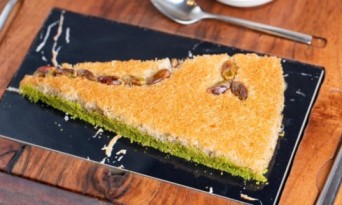
Ingredient List
For the Filling:
For the Layers:
For the Syrup:
Instructions
recipe details
-
Syrup First
- Combine sugar and water in a pot
- Bring to a boil, stirring until sugar dissolves
- Lower heat and simmer for 15 minutes
- Add lemon juice and rose water
- Let it cool completely while we work on the rest
-
Step 2: Prep
- Thaw your phyllo dough properly (overnight in the fridge)
- Process your pistachios until finely ground but not pasty
- Mix ground pistachios with sugar and cardamom
- Melt your butter (keep it warm but not hot)
- Grease a 9×13 inch baking pan
-
Step 3: The Layers
- Place your first sheet of phyllo in the pan, allowing the overhang along the edges.
- Brush it generously with melted butter
- Repeat with 5 more sheets, buttering each one
-
Step 4
- Add 4 buttered phyllo sheets
- Another third of pistachios
- 4 more buttered sheets
- Last third of pistachios
- Top with remaining phyllo sheets (about 6-8), buttering each one
-
Step 5:
- Make diamond-shaped cuts using a sharp knife.
- Ascertain that you cut all the way through.
- Pour remaining butter over the top
- Let it seep into all those beautiful cuts
-
Bake to Perfection
- Preheat oven to 325°F (165°C)
- Bake for about 45-50 minutes until golden brown
-
The last step
- After the baklava is heated, pour your cool syrup over it.
- Hear that gratifying sizzle.
- Give it at least six hours to sit, ideally overnight.
